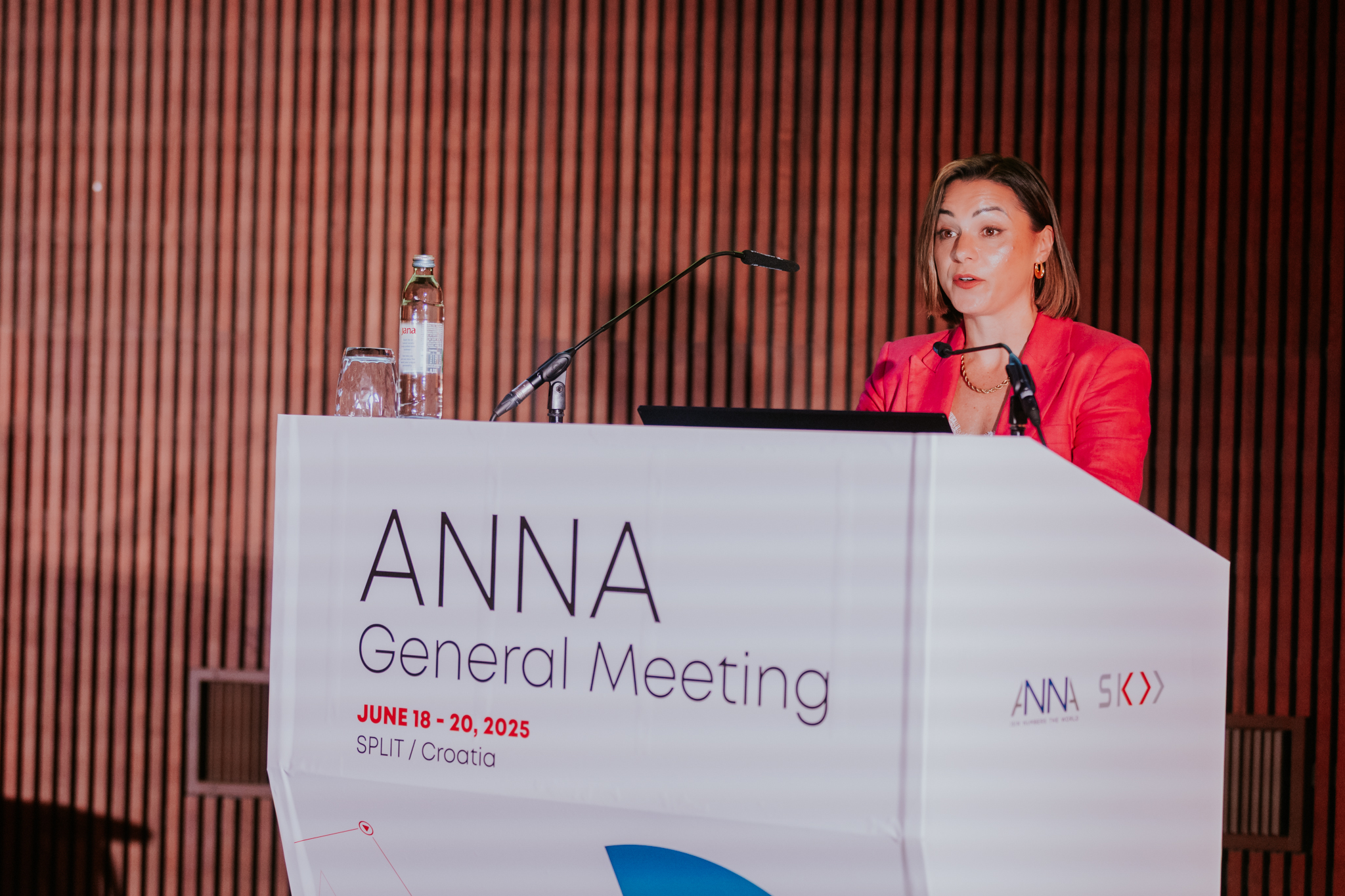First published on TabbFORUM, 25 June 2025. A universal language Consensus-based financial standards developed by…
Industry collaborates on ISIN assignment for Benchmarks
When the EU Benchmarks Regulation was first introduced, its objectives were to improve the governance, controls, quality of input data, and transparency in order to protect consumers and investors. As part of its efforts to improve standardisation, the regulation requires benchmark administrators (BA) to provide an ISIN where available to identify their indices, and as a result there has been increased industry interest on the use of ISINs for identification of referential instruments.
As the Registration Authority for the ISO 6166 ISIN standard, ANNA has a responsibility to ensure that both allocation and accessibility of ISINs meet the needs of the market. In Q1 this year, ANNA held its first Benchmarks Task Force (TF21) meeting at the London Stock Exchange. The aim of this first meeting was to begin a thorough evaluation into the ISIN assignment process and experiences faced by benchmark administrators, determine next steps and confirm timelines for work to be undertaken.
During the meeting, TF21 discussed a number of key challenges faced by the industry, as well as the current ISIN assignment process, existing ISIN coverage and future expectations. This included discussions on minimum data requirements, relationship requirements (‘family’ of benchmarks) and how the industry can improve quality and coverage.
As a result of the discussions, two key next steps were agreed. Going forward, the first action agreed is for minimum data elements guidelines to be drafted to harmonise NNA requirements; there is currently inconsistency in the data attributes required by NNAs for ISIN assignment whereby different NNAs have differing minimum data requirements. The task force agreed that consistency is required, not only to assist the request process but also to ensure relevant and appropriate data is captured in order to achieve accuracy and quality in the assignment process.
TF21 members agreed a second priority, that there needs to be action on the naming of convention principles. ISINs are required per index, not per family – even if that means millions of index ISINs are created. For example, different ISINs are required for gross/net, hedged/unhedged, price/TR, etc. There was also strong consensus in TF21 that moving forward the industry needs a clear understanding of the differing levels of granularity where ISIN can be assigned to ensure harmonised and consistent naming conventions across the dataset.
In all, the first meeting was highly engaging and productive, and ANNA would like to thank those involved who volunteered their time. It is more important than ever for the industry to work together to find ways to mutualise areas where all can benefit. By adopting global industry standards, organisations are able to meet regulatory requirements and help improve transparency, stability and efficiency. It is with this in mind that ANNA hopes to bring efficiency, improved data quality and consistency in ISIN assignment practices as well as broader adoption of ISIN to benchmarks.
The action items taken on both sides will be followed up at the next meeting, scheduled to take place in Q2 this year.


